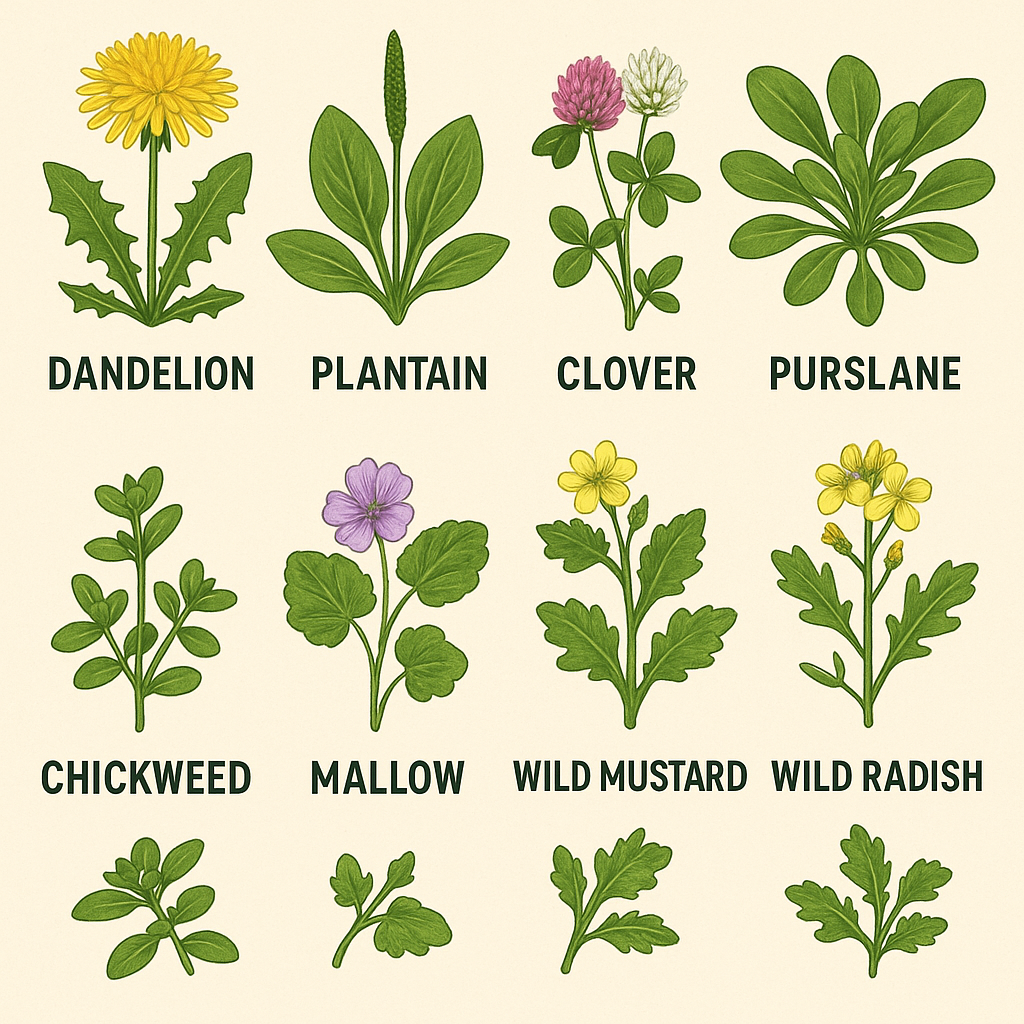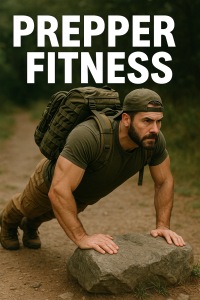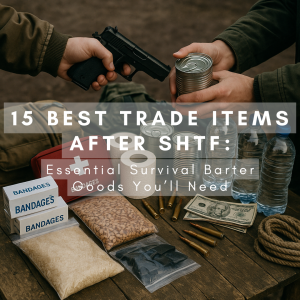If you’ve ever looked around your neighborhood and wondered what edible plants might be hiding in plain sight, you’re already halfway into the world of urban foraging plants. This skill isn’t just fun, it’s practical survival knowledge. Learning how to identify common edible species in your city builds confidence, boosts self-reliance, and prepares you for emergency situations.
Let’s walk through the essentials so you can get started safely and confidently.

Why Learn Urban Foraging?
Urban foraging gives you one of the most overlooked prepping advantages: immediate access to food sources without needing farmland or special gear. Whether you’re prepping for grid-down scenarios or just want to deepen your awareness of the world around you, this is a skill worth developing.
- It improves your plant identification skills
- It helps you find food even in resource-scarce environments
- It teaches sustainability and resourcefulness
- It boosts your confidence in a crisis
Common Urban Foraging Plants You Can Find Almost Everywhere
Before diving into more advanced species, start with reliable, beginner-friendly plants. These are widespread across North American cities, easy to identify, and hard to confuse with lookalikes.
Dandelion (Taraxacum officinale)
The classic forager’s plant. You can use the leaves, flowers, and roots.
- Leaves: great raw or sautéed
- Flowers: teas, syrups, batters
- Roots: roasted for a coffee-like drink
Dandelions thrive in cracks, lawns, parks, alleys—you name it.
Plantain (Plantago major)
Not the banana. This common “sidewalk weed” grows in compacted soils and is extremely forgiving.
- Edible young leaves
- Seeds can be eaten or used medicinally
- Also useful for bug bites and skin irritation
Clover (Red & White Clover)
You’ll find clover patches in lawns, parks, office landscaping, and roadside strips.
- Flowers can be used for tea
- Leaves can be eaten raw or cooked
- High in nutrients and grows everywhere
Purslane
One of the most nutritious wild greens on earth. Thick, succulent leaves with a mild lemon flavor.
- Found near sidewalks, parking lots, and gardens
- Great raw or added to stir-fries
- Contains omega-3 fatty acids

Easy-to-Spot Urban Foraging Plants for Beginner Confidence
These require almost no experience to identify, making them perfect for your starting list.
Chickweed
Soft, bright-green, and mat-forming. Mild flavor, perfect for salads.
Mallow
Round leaves with a soft texture, often near walls or fences. Edible leaves and seeds.
Wild Mustard / Wild Radish
Spicy leaves, yellow or white flowers, and seed pods you can snack on.
Where to Find Urban Foraging Hotspots
You don’t need a forest or a meadow, just keep your eyes open.
Here are solid spots to begin:
- Neighborhood sidewalks
- Parks (check local laws first)
- Abandoned lots
- Alleyways
- Community gardens (with permission)
- Around drainage areas
- Along fence lines
Pro tip: Plants growing away from busy roads are better choices, less contamination, fewer pollutants.
Safety Tips for New Urban Foragers
Safety matters more than anything. Use these rules until they become second nature.
1. Know Your Plant 100%
Never eat something you can’t positively identify.
If in doubt, skip it.
2. Avoid High-Pollution Zones
Stay away from:
- Roadsides
- Industrial sites
- Railroad tracks
- Dog-walking hotspots
3. Harvest Only What’s Clean
Rinse everything. Avoid plants with visible damage, mold, or discoloration.
4. Follow Local Laws
Some cities restrict harvesting in public parks, check your local guidelines.
5. Harvest Responsibly
Take only what you need and leave enough for regrowth.
Urban Foraging Gear for Beginners
You don’t need much, but a few basics help:
- Small tote or cloth bag
- Scissors or a foraging knife
- Field guide app (PlantNet, Seek, etc.)
- Gloves
- Water bottle to rinse plants in the field
Final Thoughts: Building Skills With Urban Foraging Plants
The world of urban foraging plants is bigger than most people ever realize. Once you start seeing edible greens around you, it changes how you look at your environment. You gain awareness, resilience, and a deeper connection to your city.
Start slow. Learn a handful of species deeply. Practice identifying them on your daily walks. Over time, you’ll build a powerful survival skill that requires zero gear and costs you nothing to practice.





